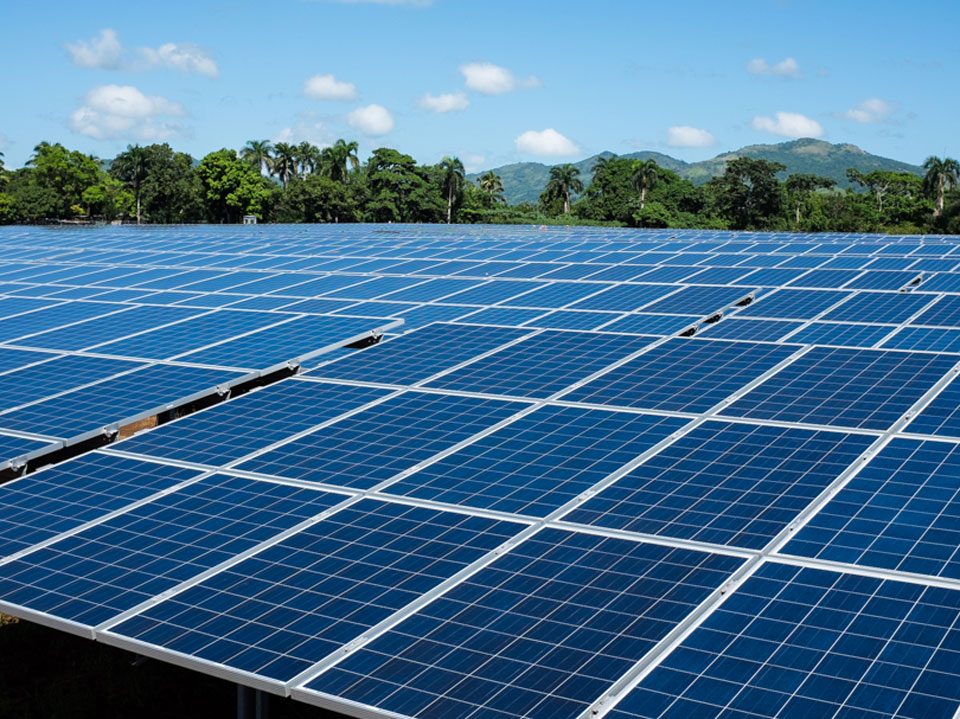Nigeria Update: Lagos, Ondo, Ogun plunged into darkness as fire guts NNPC pipeline

Nigeria Update: Stock market All-share index appreciates by 1.3 per cent
January 5, 2018
World Update: Oil Declines as Supply Concerns Loom With Summer Season Ending
January 5, 2018Some states in the western parts of the country may remain in darkness, as repair work is yet to commence on the damage caused by a fire on the Escravos to Lagos Pipeline (ELP), which supplies gas to six power plants in the west.
Specifically, customers in Ondo, Ogun and Lagos States are expected to be without electricity until the level of damages caused by the outbreak of fire on the ELP System around Okada in Edo State have been ascertained.
As a result, power plants in Egbin, Lagos; Olorunshogo IPP, PEL Olorunshogo, Ogun; Paras Power Plant, Ogun; and Omotosho plant, Ondo state respectively with combined generating capacity of 3,072 megawatts (MW) will remain shut down.
The Ministry of Power attributed the outage to the collapse of Nigeria’s transmission grid on Tuesday night, which resulted in nationwide outage, with attendant loss of 3,072 megawatts (MW) of power.
But as at yesterday evening, the Nigerian National Petroleum Corporation (NNPC), owners of the pipeline was only able to draft firemen to the scene to contain the fire from the leak point of the pipeline.
However, the fire could not be extinguished due to the high pressure on the line, which supplies gas to power plants in the South West, in addition to feeding the West Africa Gas Pipeline System.
NNPC Group Spokesman, Ndu Ughamadu, said in a statement yesterday that the Group Managing Director, Dr. Maikanti Baru, has ordered an immediate assessment of the damage caused by a fire on the ELP, a natural gas pipeline which supplies gas from the Escravos region of the Niger Delta area to Lagos.
According to the statement, the incineration of the ELP, which was built in 1989, was suspected to have been caused by a bush fire on Tuesday night at Abakila, in Ondo State.
“NNPC firemen were drafted to the scene and were able to contain the fire from the leak point of the pipeline incident. However, the fire could not be extinguished due to the high pressure of the line.
“To put off the fire, the line would require being isolated and depressurised, which might lead to a complete shutdown of the pipeline segment for repair works to be carried out.”
NNPC also said the exercise will affect gas supply to customers in Ondo, Ogun, and Lagos State with subsequent shutdown of the six power plants.
Also, spokesman for Egbin Power Station, Nigeria’s biggest plat, Kingsley Okotie, told The Guardian that Egbin was instructed to shut down completely by the Nigerian Gas Company (NGC), a subsidiary of the NNPC, which operates the pipelines at 2p.m. on Wednesday.
He said: “We lost about 500 MW of electricity to the system collapse last night. We came back on Wednesday morning with 177 MW, but later shut down due to instruction from NGC at about 2p.m.”
An earlier statement from the Ministry of Power, Works and Housing, had attributed the outage to technical hitches, which required the shutdown of the pipeline supplying gas to Egbin’s 1,320MW; Olorunsogo National Integrated Power Projects (NIPP), 676 MW; Olorunsogo, 228MW; Omotosho NIPP, 450 MW; Omotosho 338MW; and Para, 60MW power stations.
The Ministry said the Transmission Company of Nigeria (TCN), and the Generation Companies (GENCOS), were working to tackle the technical hitches recorded in the national transmission grid, adding that once restored, output from the hydroelectric power stations and all other unaffected gas fired thermal power stations will be increased.
This, it said, would minimise the impact of the loss of generation from the affected power stations.
The setback comes as President Muhammadu Buhari in his Independence broadcast to Nigerians, promised to tackle the power supply challenges decisively, even as there had been a slight improvement in gas supply to power plants in the last two months, according to data from the NNPC, which in its monthly financial report released yesterday.
It said a total of 716 million standard cubic feet per day (mmscfd) of gas was delivered to the power plants in October 2017, to generate an average power of about 2,885MW.
This was a slight improvement compared with an average of 625 mmscfd to generate 2,465 MW in September.
The Power Minister, Babatunde Fashola, had earlier boasted that Nigeria successfully reached a peak supply of 5,019MW put on the grid and distributed on December 5th, and before the peak of 5,155MW.
He recalled that this happened while the mini grid summit, the largest ever attended in Africa, with 600 participants from about 40 countries which held in Abuja, came to its closing stage of deciding how to deploy mini grid electricity supply to those un-served and under-served places and small businesses in Nigeria.
“If we can produce 7,000MW but we can only distribute about 5,000MW, the problem has changed from lack of power to locating where the need is, and designing a solution that takes the balance of 2,000 MW to those who need it, who can use it and who can pay for it,” he had said.

